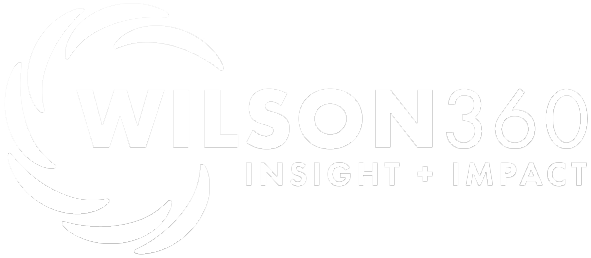Organizational health: taking engagement’s pulse
Of the many ways we reshaped our organizations last year, the most important turns out to be how we focused on helping our people and our communities thrive through crisis. The attention we gave to health, safety and well-being – and the high level of communicating we did with employees and customers – made every company one where people came first.
There are countless reasons people-first engagement needs to continue as we move into a post-pandemic reset. Boosted morale, a cohesive culture, everyone connected and aligned with digital processes and systems and improved protocols for service delivery, safety and hygiene.
Once people experience engagement, no one wants to give it up. Keeping teams and customers engaged will not only be essential in this new year, but a key metric for ranking organizational health overall and future success.
Many companies approach ‘happiness’ as a benchmark or rely on happiness, i.e., happy customers/happy employees, to improve retention. But happiness is not the same as engagement. Happiness is an abstraction and subjective. Engagement is based on how much people care.
For example, a company that focuses only on happiness does, in fact, generate high levels of optimism; but optimism does not necessarily translate to caring about the wider business or contributing to the bigger picture. Sometimes an employee is happy if they simply take home a paycheck. Engaged employees, on the other hand, do whatever it takes.
A lot of companies spend valuable resources on ‘touchy-feely’ things to foster happiness. Everyone loves good barbecue or a gift. But afterwards, are people left with feelings of engagement or are they merely satisfied in the moment?
People-First engagement leads to boosted morale, a cohesive culture and improved team organization.
The difference matters. Engaged people drive innovation and are in it to win it. Disengaged people – customers and employees – have an 8-to-5 mentality and do not seek involvement or inclusion.An example of a disengaged customer, for example, is one that may decline to participate in a service feedback survey. They don’t care enough to further your performance by giving you information you need to improve. For maintenance companies, customers that invest in frequent enhancements is a sign of engagement, as are renewals with price increases.
If your team relishes challenges and jumps in to drive revenue, it’s a sign of good organizational health. On the contrary, if they complain that goals are not realistic, assuming that they are attainable, this is not a good sign.
Many owners sense a loss of urgency in their team. I think some of this is a normal evolution of business maturity, but it is an early warning of declining company health. It is a result of complacency. It’s probably a time to make sure you have some young talent coming up to push those that are starting to get too comfortable.
If engaged people are the ones who consistently push your business forward, where do we find these people? Better yet, how do we create and inspire them if they are already on our team? How can we lay the foundation for engagement, and shape the experience people have with our companies that not only benefits them, but is a return on investment for us?
- Improve satisfaction. Coincidentally, this will also increase happiness and morale.
- Communicate. Involve people in outcomes, problem-solving and planning, and include them in things that matter.
- Delegate. Give people room to work and think in the way they work and think best.
- Create a continual, consistent feedback loop; make recognition and course correction a conversation.
- Make training, career growth and professional development a priority.

